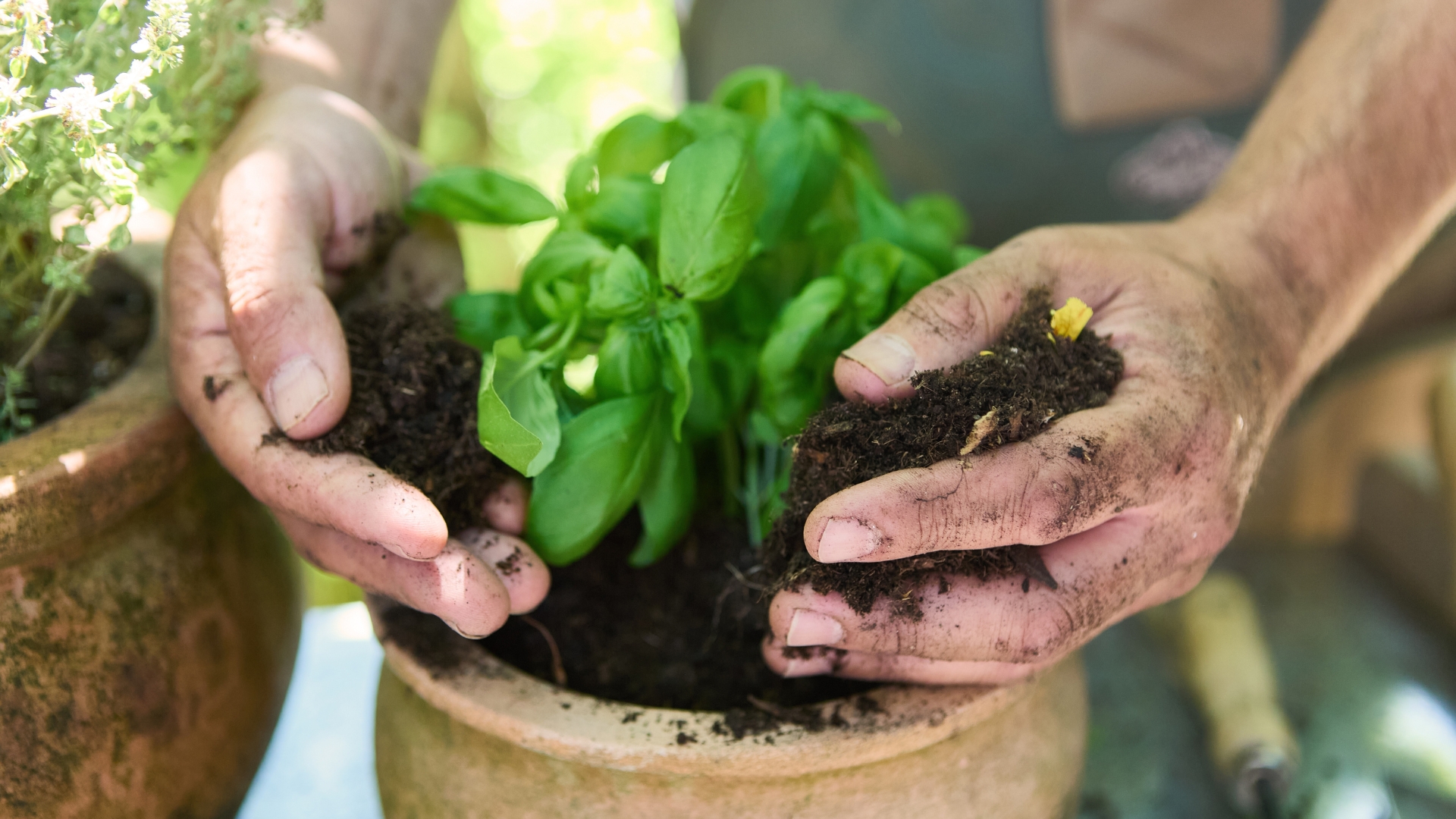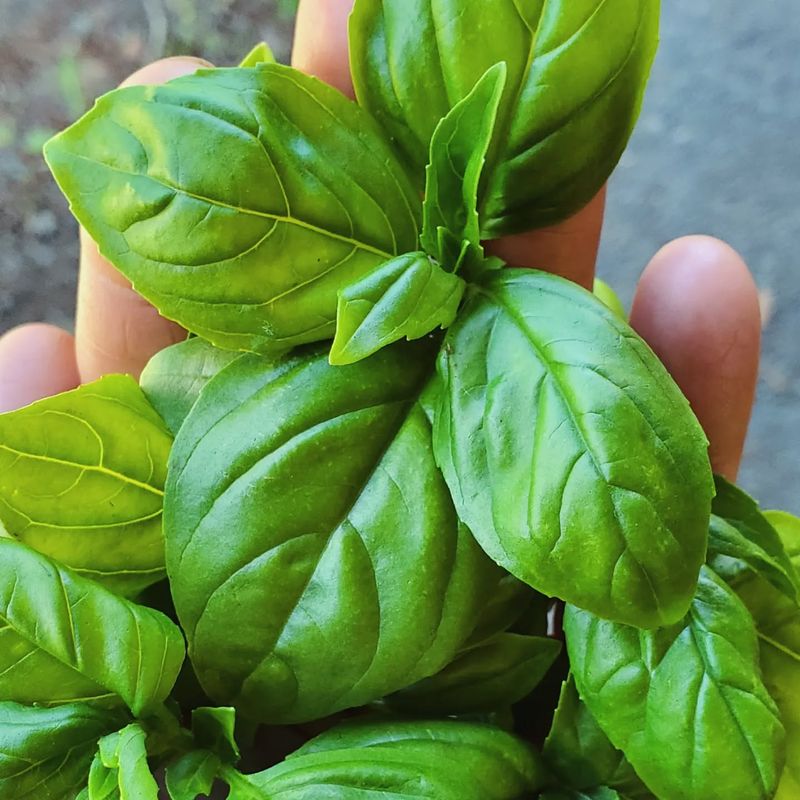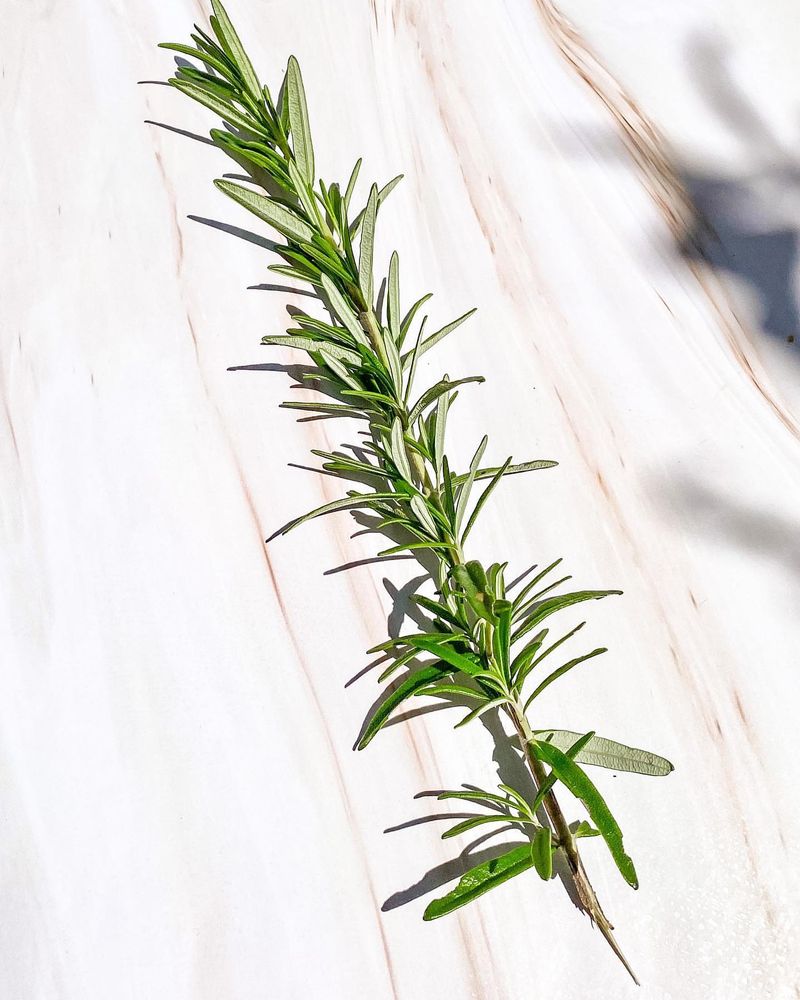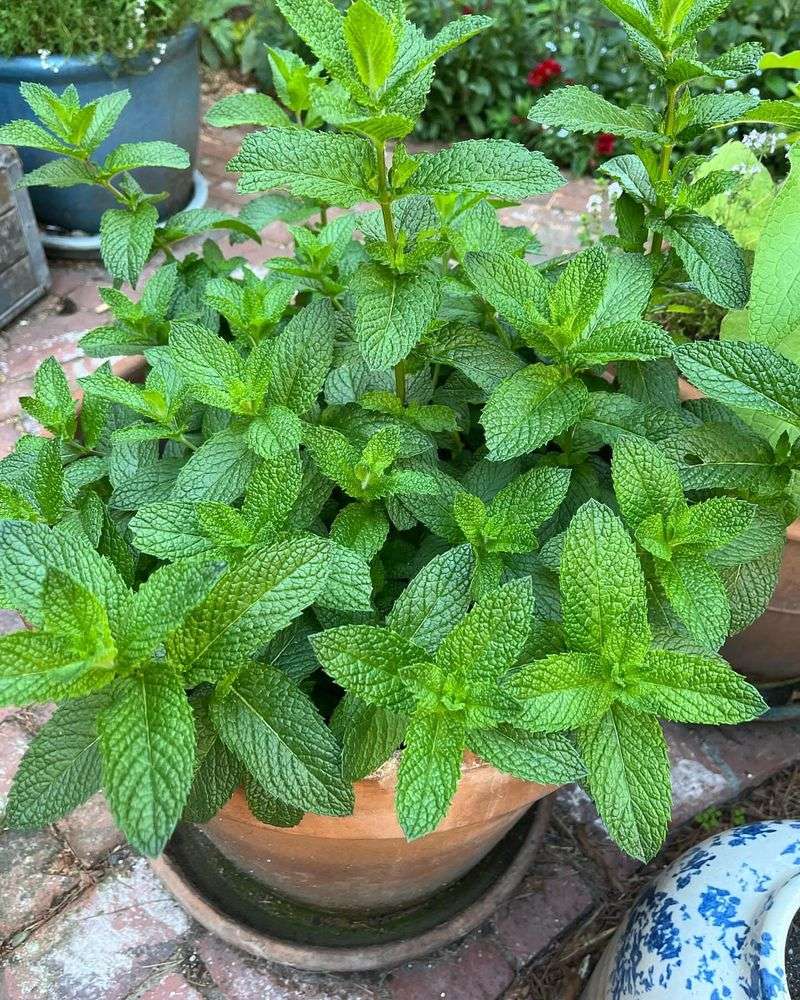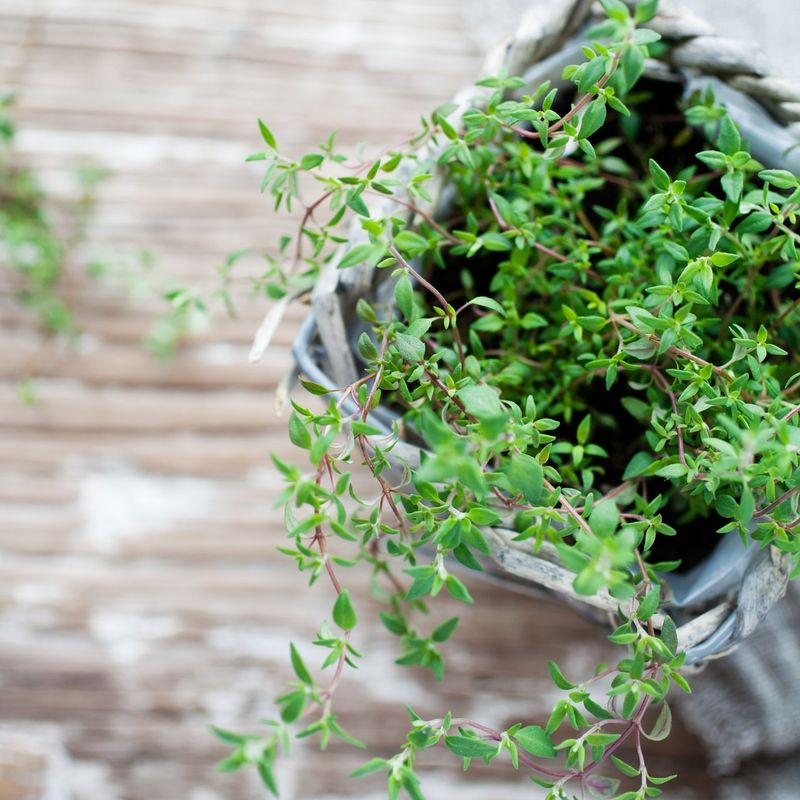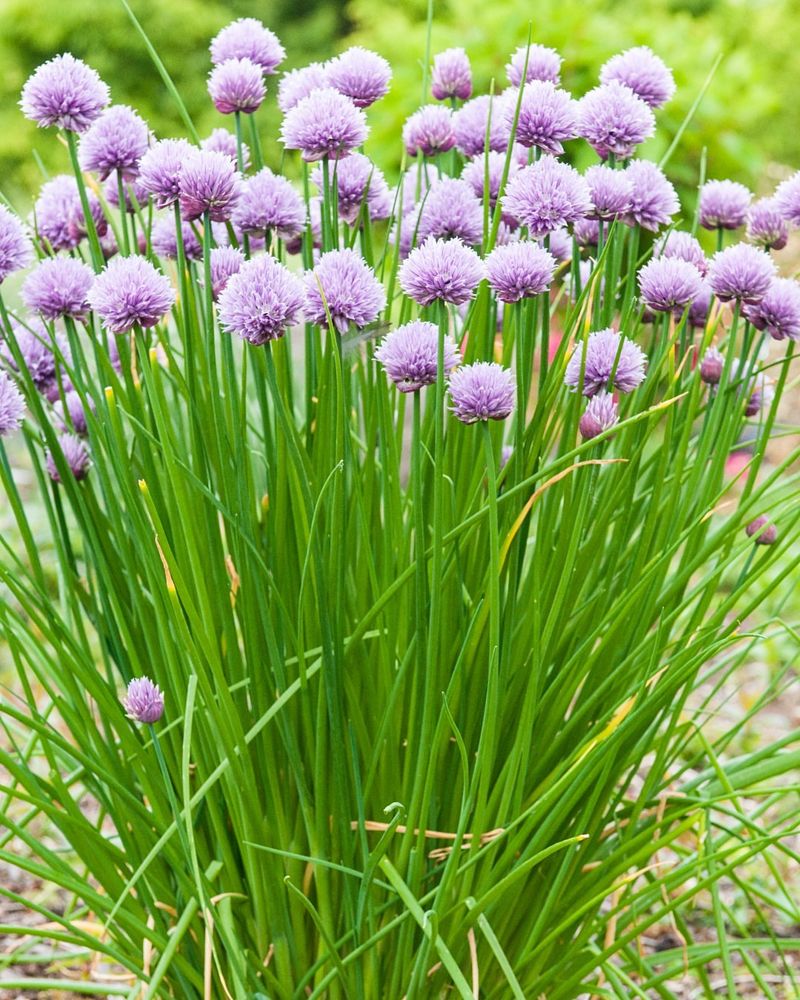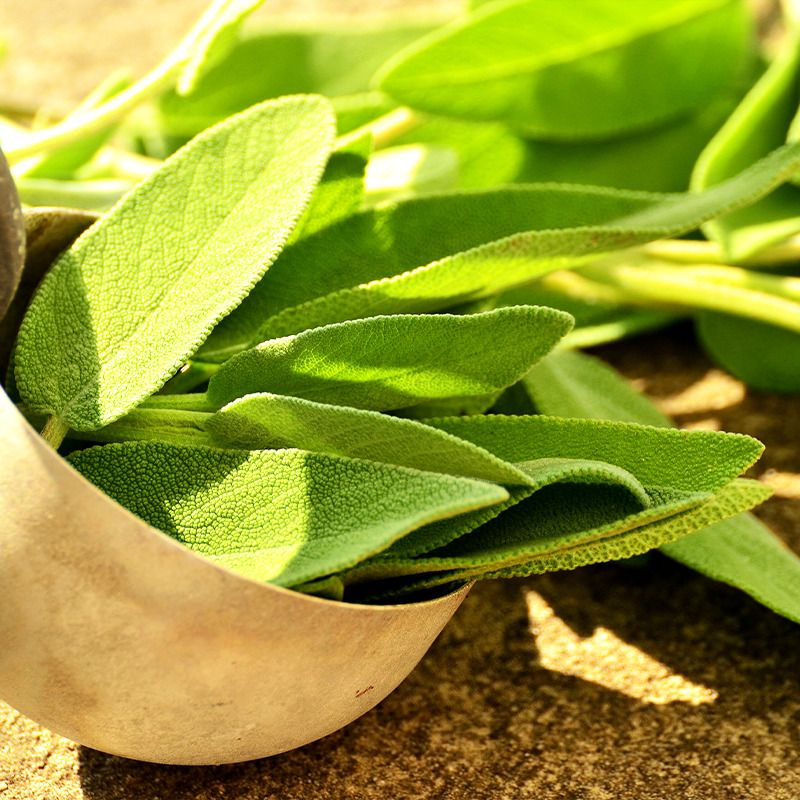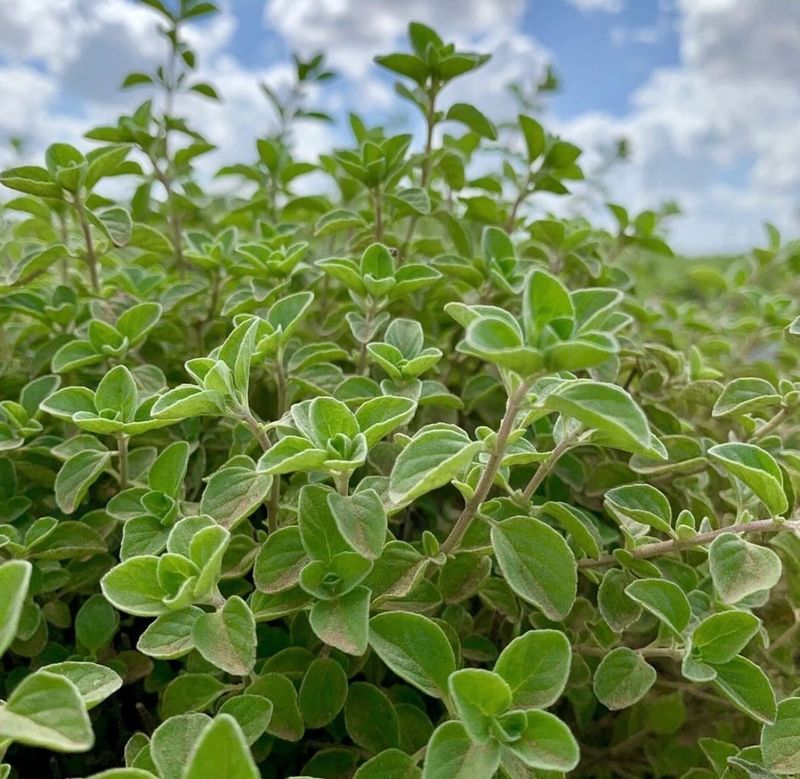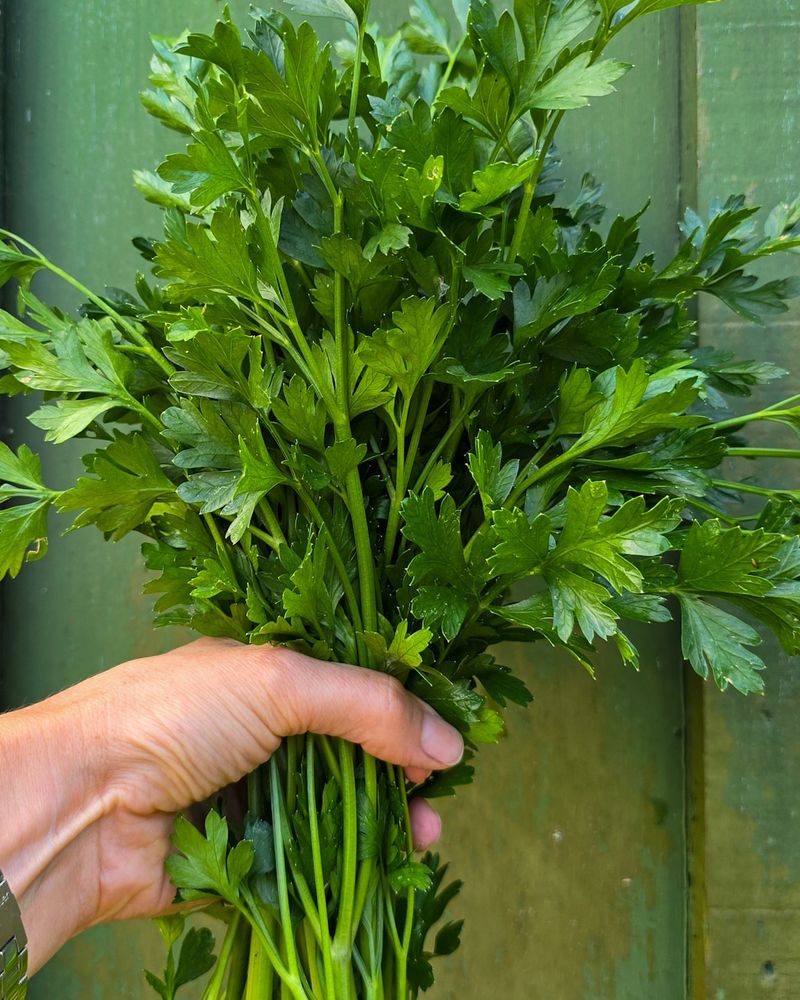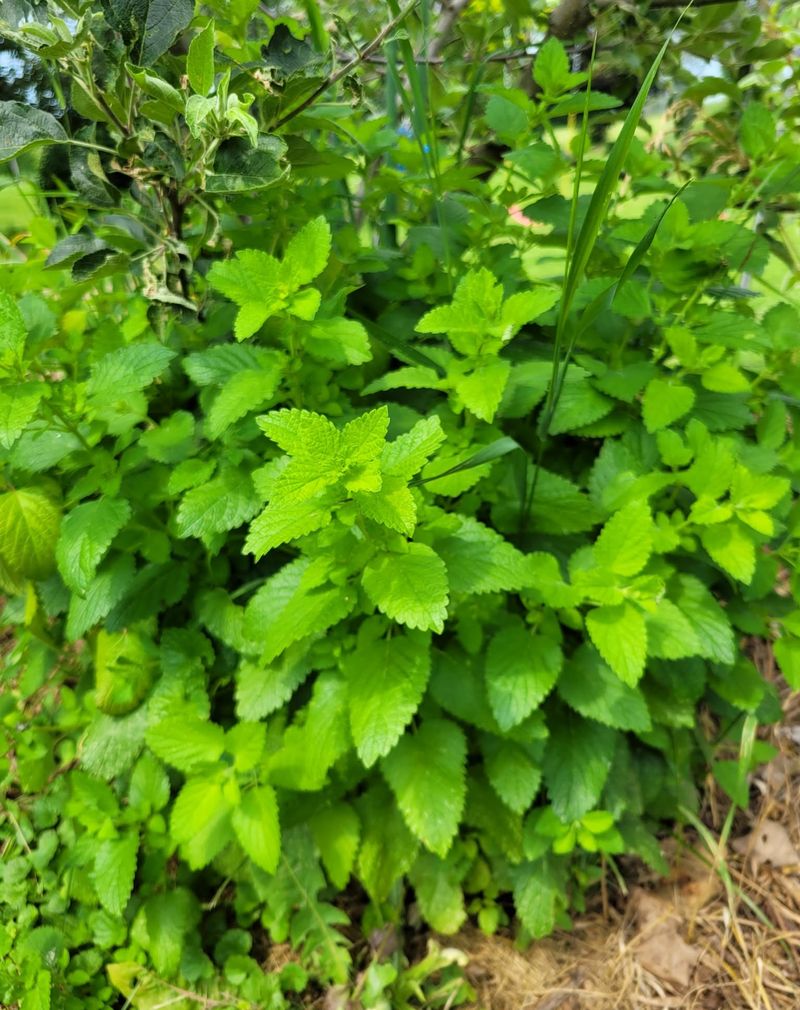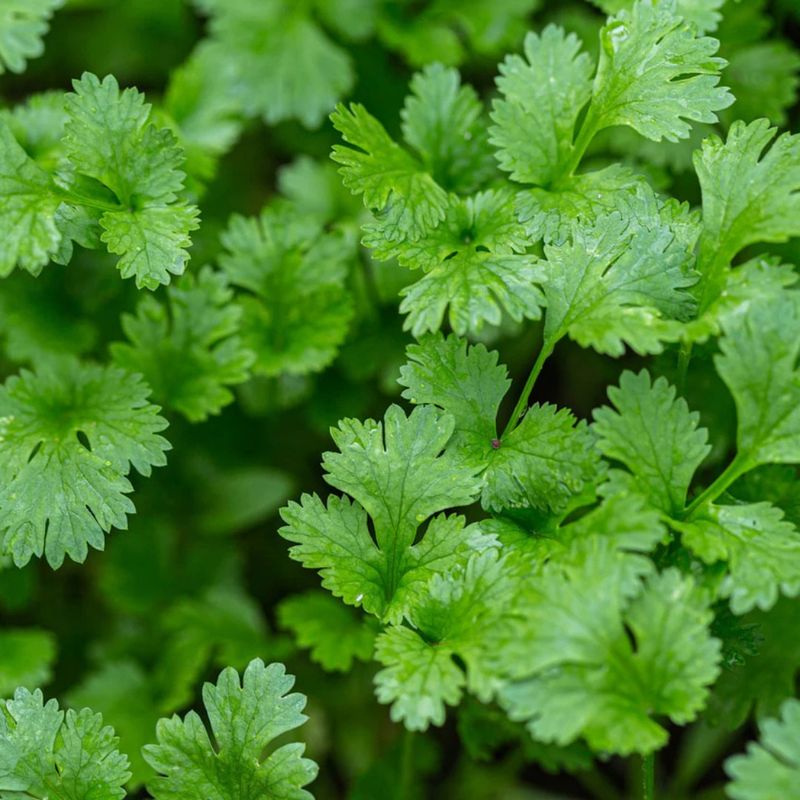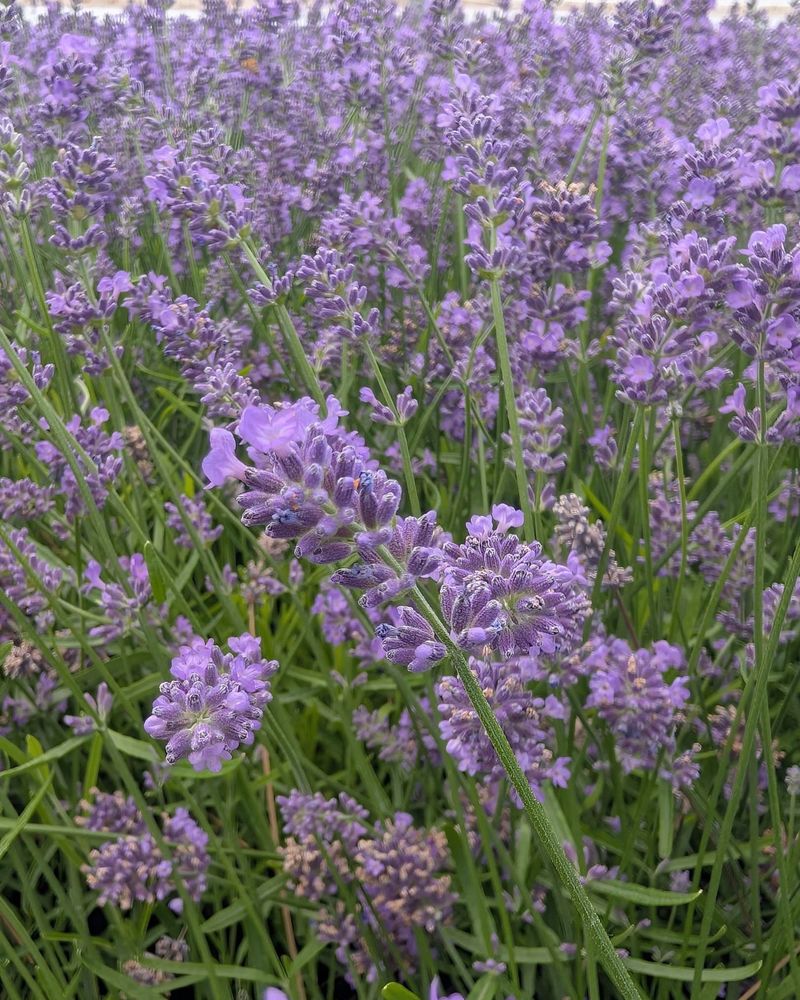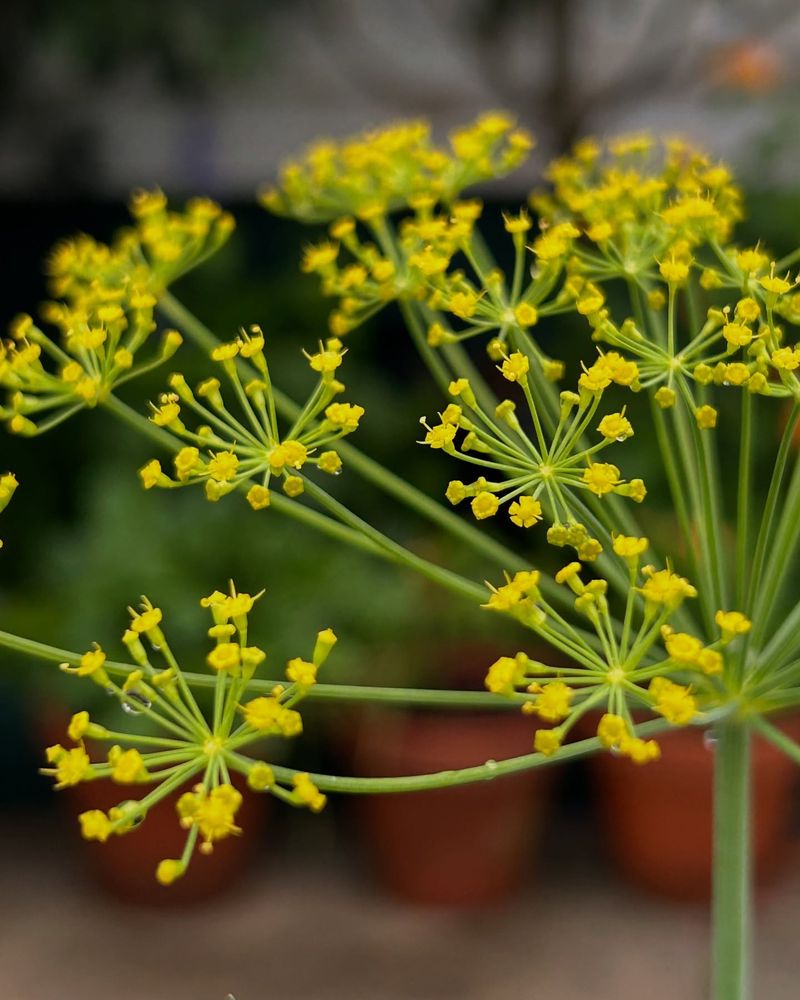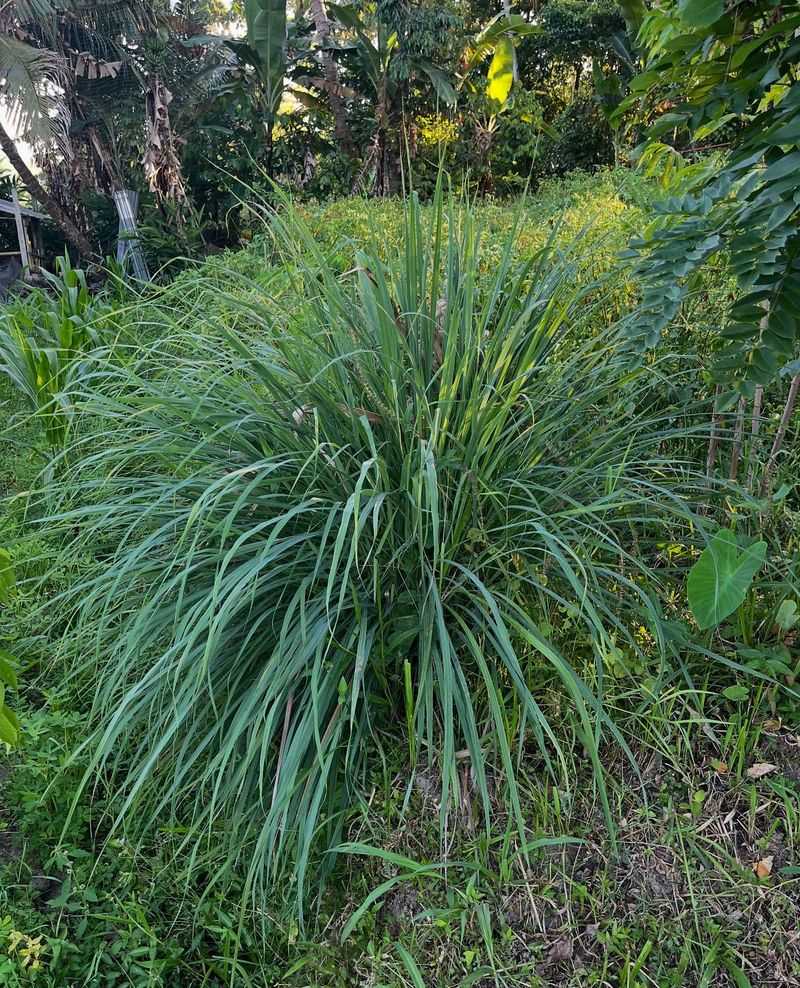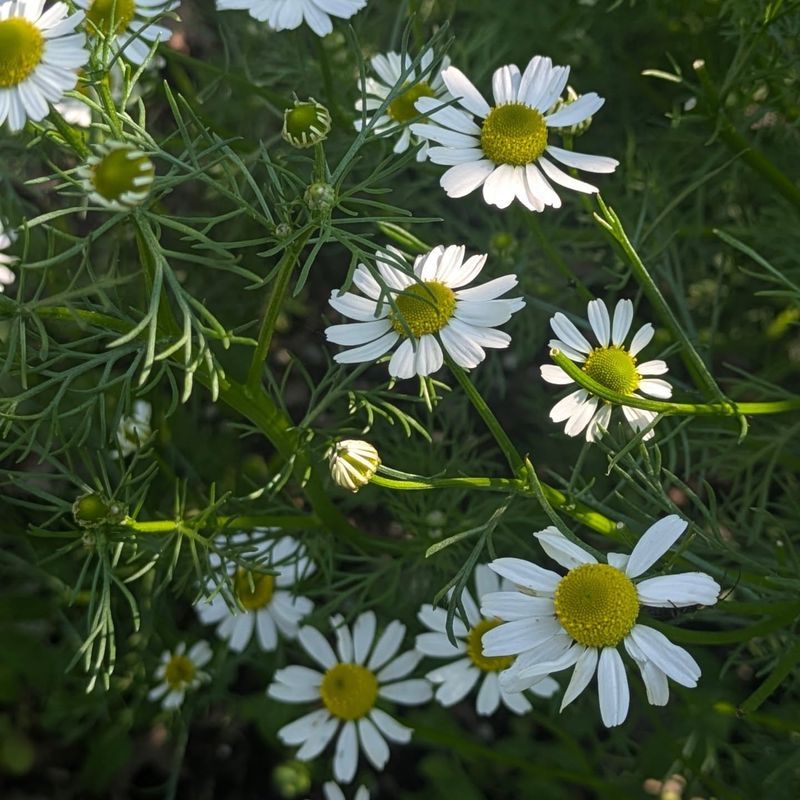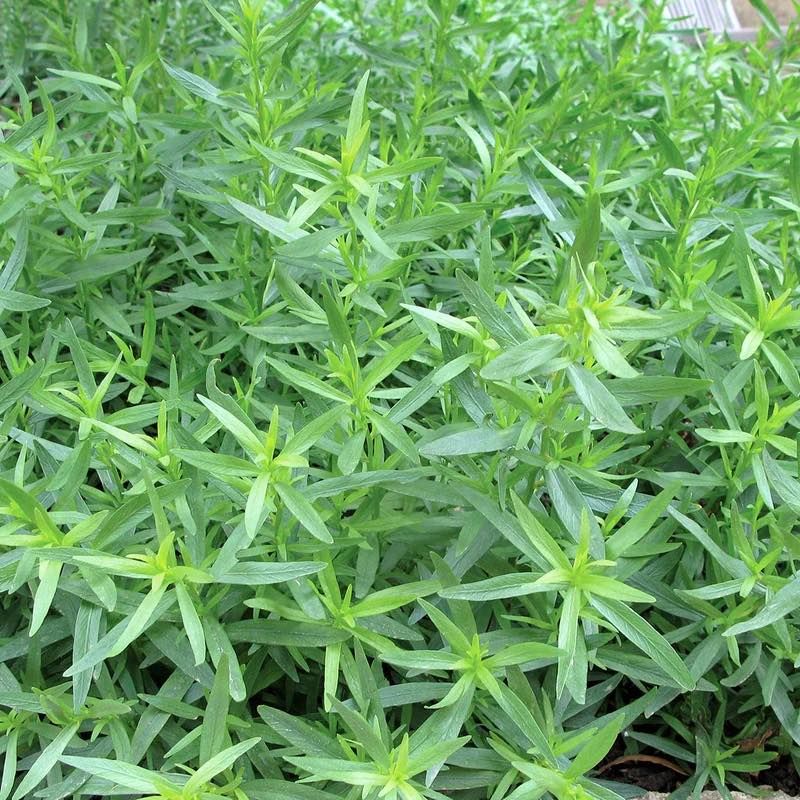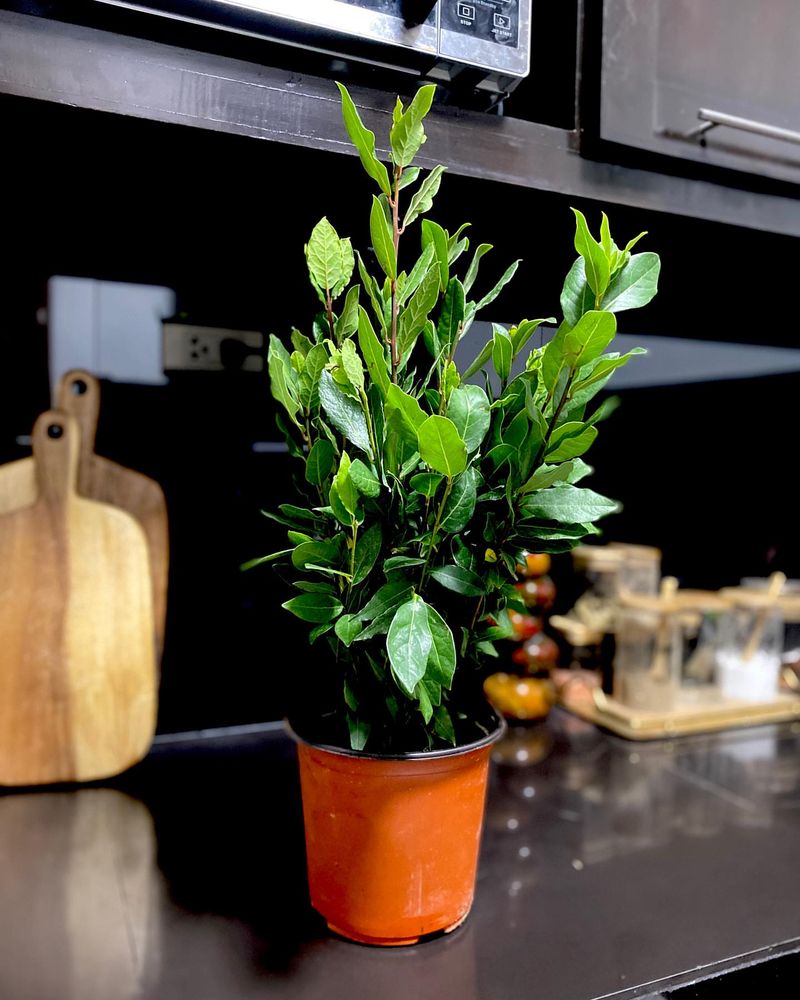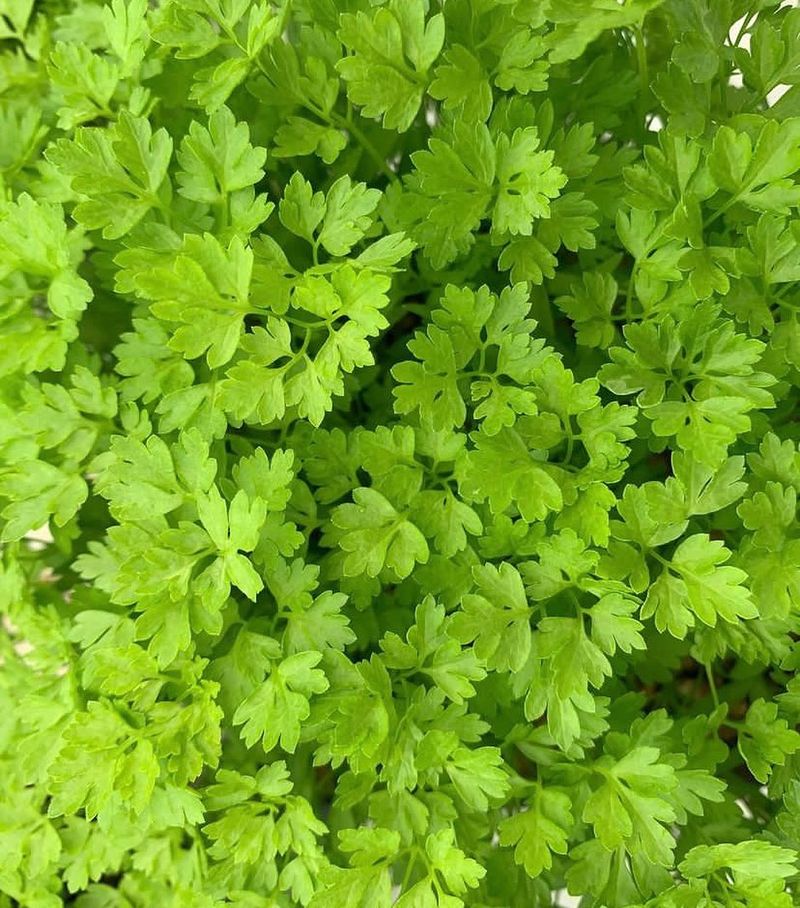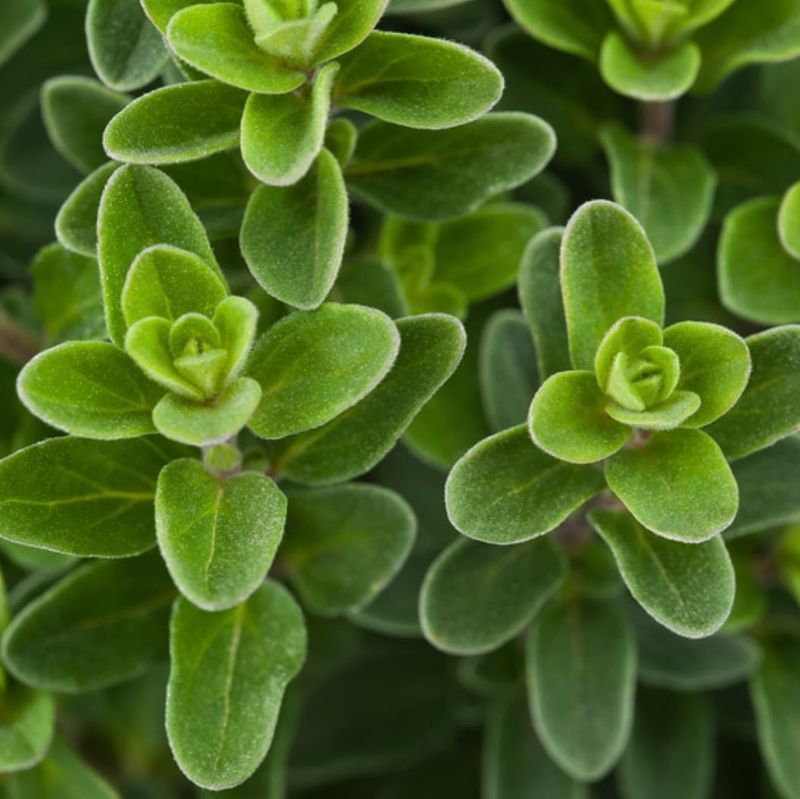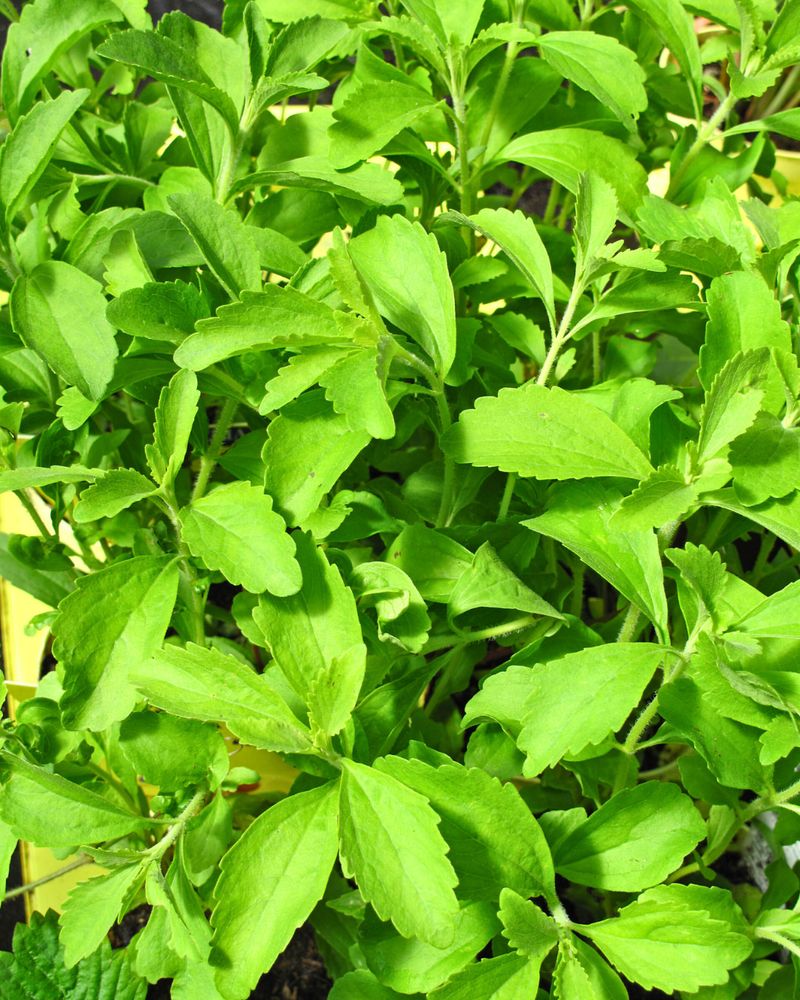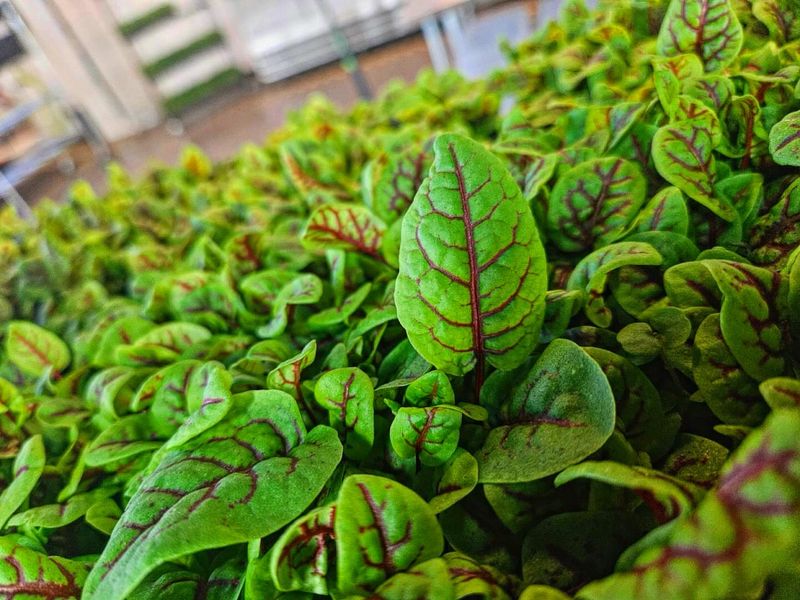Planting herbs near your front door isn’t just convenient—it’s surprisingly practical too. I started with a small pot of basil and ended up with a whole lineup of useful, great-smelling greenery right by the steps.
These 20 herbs are perfect for grabbing in a pinch while cooking, repelling pests, or even just making your entryway look and smell amazing. Some are hardy, some are fragrant, and all of them earn their spot.
If you’ve got a little sun near your door, it’s the perfect place to start.
1. Basil
Fresh basil transforms ordinary meals into restaurant-worthy dishes with just a few leaves. The sweet, slightly peppery flavor pairs wonderfully with tomatoes, making it perfect for pasta sauces and summer salads.
Beyond cooking, basil has natural antibacterial properties and can help soothe upset stomachs. The plant repels mosquitoes and flies too, giving you double duty as both cook’s helper and pest control right by your door.
2. Rosemary
This woody, fragrant herb thrives in hot, sunny spots with minimal water, making it perfect for busy gardeners. Its needle-like leaves pack tremendous flavor that enhances roasted meats, potatoes, and breads with just a small sprig.
The strong scent naturally deters cabbage moths and carrot flies from your garden. Many people find rosemary’s pine-like fragrance helps improve concentration when they brush against it coming home. Plus, it flowers in late winter when little else blooms!
3. Mint
Nothing beats the refreshing zing of fresh mint in summer drinks and desserts. Just a few leaves can transform ordinary iced tea or chocolate treats into something special. The invigorating scent clears your mind when you brush past it.
Growing mint in containers near your door keeps this vigorous spreader contained while letting you enjoy its benefits. The strong fragrance naturally repels ants, mice, and even mosquitoes, making your entryway more pleasant during outdoor gatherings.
4. Thyme
This low-growing herb creates a beautiful carpet of tiny leaves and occasional purple flowers. Hardy and drought-resistant, thyme asks for almost nothing while giving flavors that enhance nearly any savory dish, especially slow-cooked meals and roasted vegetables.
Walking past thyme releases its wonderful aroma, which has traditionally been associated with courage and strength. The plant attracts beneficial pollinators while its essential oils naturally repel whiteflies and cabbage worms from nearby plants.
5. Chives
These slender green spears add a mild onion flavor to dishes without the tears or prep work. Simply snip a few with scissors directly into scrambled eggs, baked potatoes, or soups for an instant flavor boost and pop of color.
The pretty purple pom-pom flowers that appear in spring aren’t just decorative—they’re edible too! Chives naturally repel carrot flies and Japanese beetles while attracting pollinators. They return year after year with almost no care, making them perfect for busy gardeners.
6. Sage
The velvety gray-green leaves of sage bring earthy, slightly peppery flavor to fall and winter comfort foods. Just a leaf or two elevates stuffing, roasted meats, and butternut squash dishes. Its soft, fuzzy texture adds interesting contrast in container gardens.
Burning dried sage leaves creates a natural air purifier that many believe clears negative energy. The plant attracts beneficial insects while repelling pests like cabbage moths and carrot flies. Even better, sage gets more flavorful in poor soil conditions!
7. Oregano
This Mediterranean staple brings bold flavor to pizza, pasta sauces, and Greek dishes with just a pinch of its aromatic leaves. The plant forms an attractive mound of small leaves that cascade beautifully over container edges, adding visual interest to your entryway.
Oregano loves hot, sunny spots and actually develops stronger flavors when slightly neglected. Its natural compounds work as a powerful antioxidant and mild antibiotic. The tiny flowers attract beneficial pollinators while the strong scent deters many common garden pests.
8. Parsley
More than just a garnish, parsley adds bright, fresh flavor to soups, salads, and potato dishes. The curly variety creates lush green mounds while flat-leaf types offer stronger flavor. Both types stay compact enough for small containers.
Parsley serves as a natural breath freshener when chewed after garlicky meals. The plant attracts beneficial swallowtail butterflies while repelling asparagus beetles. Its high vitamin content makes it a nutritional powerhouse that’s worth having just steps from your kitchen.
9. Lemon Balm
The bright citrus scent of lemon balm lifts your spirits every time you brush past it. Just a few leaves steeped in hot water create a calming tea that helps reduce stress and promote sleep. The lemony flavor also brightens salads and desserts.
Growing lemon balm near your door means you’ll enjoy its mosquito-repelling properties during summer evenings. The pretty scalloped leaves create an attractive mound that softens container edges. Bees absolutely love the tiny flowers, making it great for supporting pollinators.
10. Cilantro
Fresh cilantro transforms ordinary salsas, tacos, and curries into restaurant-quality dishes. Having it steps from your door means you’ll always have this quick-to-bolt herb when recipes call for it. The bright, citrusy flavor can’t be replaced by dried versions.
The entire plant is usable—stems add depth to stocks while seeds (known as coriander) bring warm spice to many dishes. Cilantro naturally repels aphids and spider mites from nearby plants. For continuous harvest, plant new seeds every few weeks.
11. Lavender
The sweet, calming scent of lavender greets you each time you come home, reducing stress after long days. The purple flower spikes add gorgeous color and structure to container arrangements while attracting beneficial pollinators to your garden.
Beyond its beauty, lavender naturally repels mosquitoes, flies, and moths. The edible flowers can flavor desserts, teas, and honey with their distinctive floral notes. Dried sprigs tucked into drawers keep clothes smelling fresh and deter moths.
12. Dill
The feathery fronds of dill add delicate anise-like flavor to fish dishes, pickles, and potato salads. The tall, airy structure creates vertical interest in container gardens, contrasting beautifully with mounding herbs nearby.
Dill serves as a host plant for beautiful swallowtail butterflies while repelling aphids and spider mites. The umbrella-shaped yellow flower clusters attract beneficial predatory insects that help control garden pests. For best flavor, harvest just before the plant flowers.
13. Lemongrass
This tropical grass brings exotic citrus flavor to Asian soups, curries, and marinades. The tall, arching blades create dramatic vertical interest in container gardens, making a bold statement by your entryway.
Beyond cooking, lemongrass contains natural citronella that repels mosquitoes and flies. The pleasant lemony scent refreshes the air around your door. In cooler climates, bring containers indoors for winter where the fresh stalks will continue providing flavor for months.
14. Chamomile
The daisy-like flowers of chamomile create a cheerful welcome by your door while serving as a natural medicine chest. Just a few dried blooms make a soothing bedtime tea that helps promote relaxation and better sleep.
The sweet apple scent fills the air when you brush against the feathery foliage. Chamomile attracts beneficial insects while improving the health of neighboring plants. The low-growing habit makes it perfect for container edges where the tiny white flowers can cascade over sides.
15. Tarragon
French chefs consider tarragon essential for its distinctive anise-like flavor that elevates chicken, fish, and egg dishes. Just a few leaves transform ordinary vinegar into a gourmet ingredient. The slender leaves add elegant texture to container gardens.
Growing tarragon near your door means you’ll always have this expensive herb on hand. The plant repels many common garden pests while attracting beneficial insects. French tarragon rarely flowers or sets seed, making division the best way to get more plants.
16. Bay Laurel
A small bay laurel brings Mediterranean charm to your doorway while providing aromatic leaves for soups, stews, and sauces. The glossy, deep green foliage creates year-round structure and can be shaped into topiary forms for added interest.
Unlike most herbs, bay leaves improve with drying, developing deeper flavor over time. The plant naturally repels pantry pests like weevils and flour moths. In cooler climates, this tender perennial can come indoors during winter, purifying air while continuing to provide leaves.
17. Chervil
Often overlooked, chervil brings delicate anise flavor and elegant fern-like foliage to your herb collection. The subtle taste enhances egg dishes, light soups, and spring vegetables without overwhelming them. French cooks consider it essential for authentic flavor.
Chervil prefers cooler spots with morning sun, making it perfect for east-facing doorways. The lacy foliage adds beautiful texture to container arrangements. Unlike stronger herbs, chervil loses flavor when dried, making doorstep access to fresh leaves especially valuable.
18. Marjoram
Milder and sweeter than its cousin oregano, marjoram adds gentle floral notes to vegetable dishes, soups, and salad dressings. The soft gray-green leaves form attractive mounds that spill gracefully over container edges, softening hard architectural lines.
Brushing against marjoram releases its pleasant fragrance, which attracts beneficial insects while repelling many garden pests. The tiny white or pink flowers that appear in summer are edible too! For best flavor, harvest leaves just before flowering when essential oils are most concentrated.
19. Stevia
Growing this natural sweetener means sugar-free treats are just steps away. The green leaves contain compounds hundreds of times sweeter than sugar but with zero calories. Just one leaf sweetens a cup of tea or coffee naturally.
The attractive bushy plant reaches about two feet tall with pretty serrated leaves. Stevia thrives in containers where you can control soil conditions. Harvest leaves throughout summer, with flavor peaking just before the small white flowers appear in fall.
20. Sorrel
The lemony tang of sorrel leaves brightens salads, soups, and sauces with just a few snippings. The arrow-shaped leaves create attractive mounds in containers, adding interesting texture and form to your doorway garden.
French sorrel stays smaller and more compact than common sorrel, making it perfect for containers. The bright, acidic flavor comes from natural oxalic acid. Harvest outer leaves regularly to keep plants producing fresh growth throughout the growing season.

